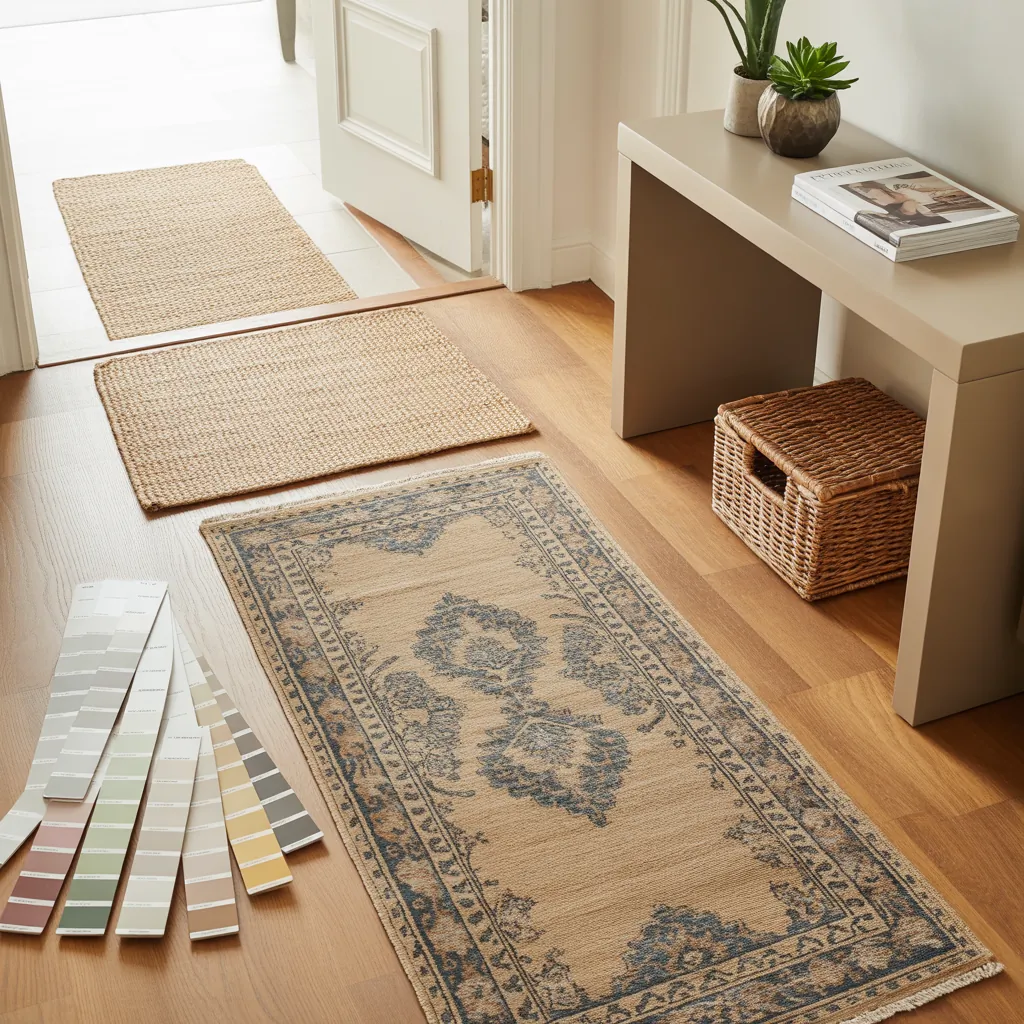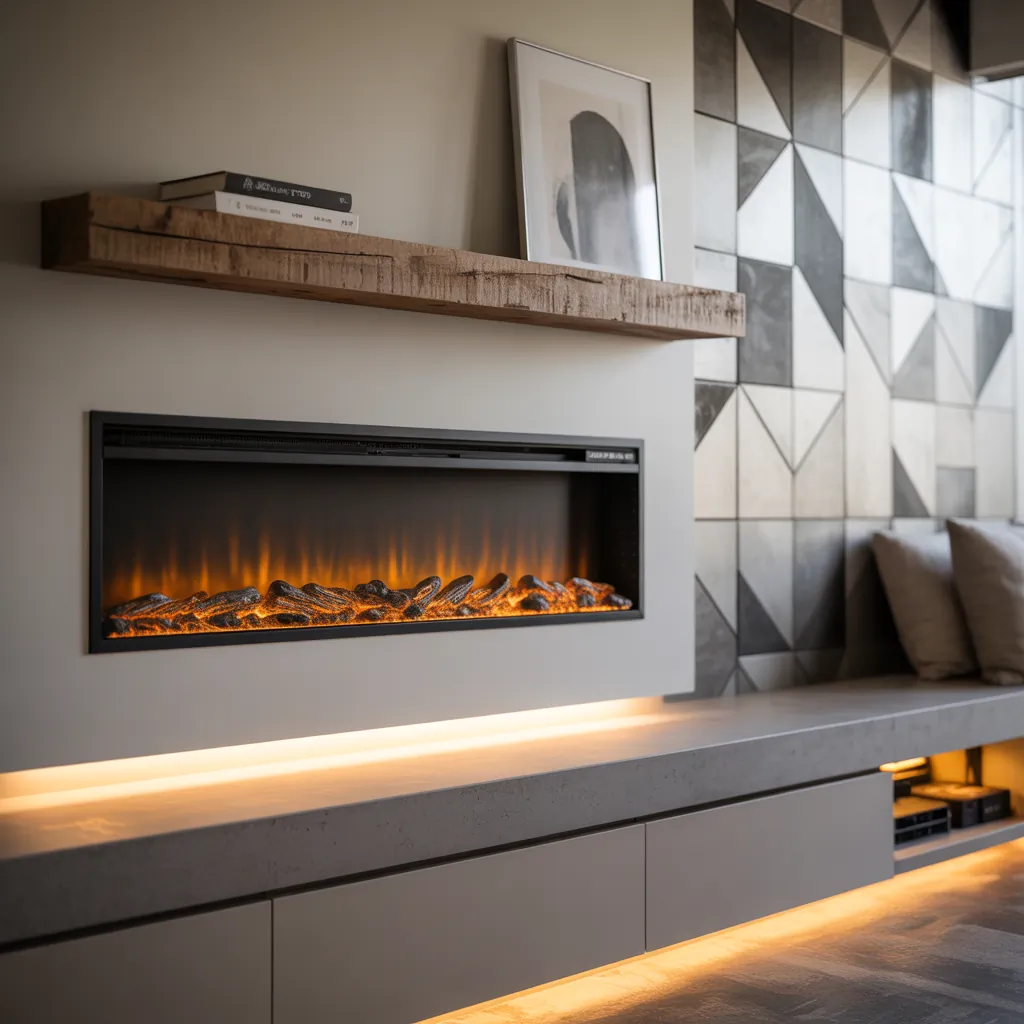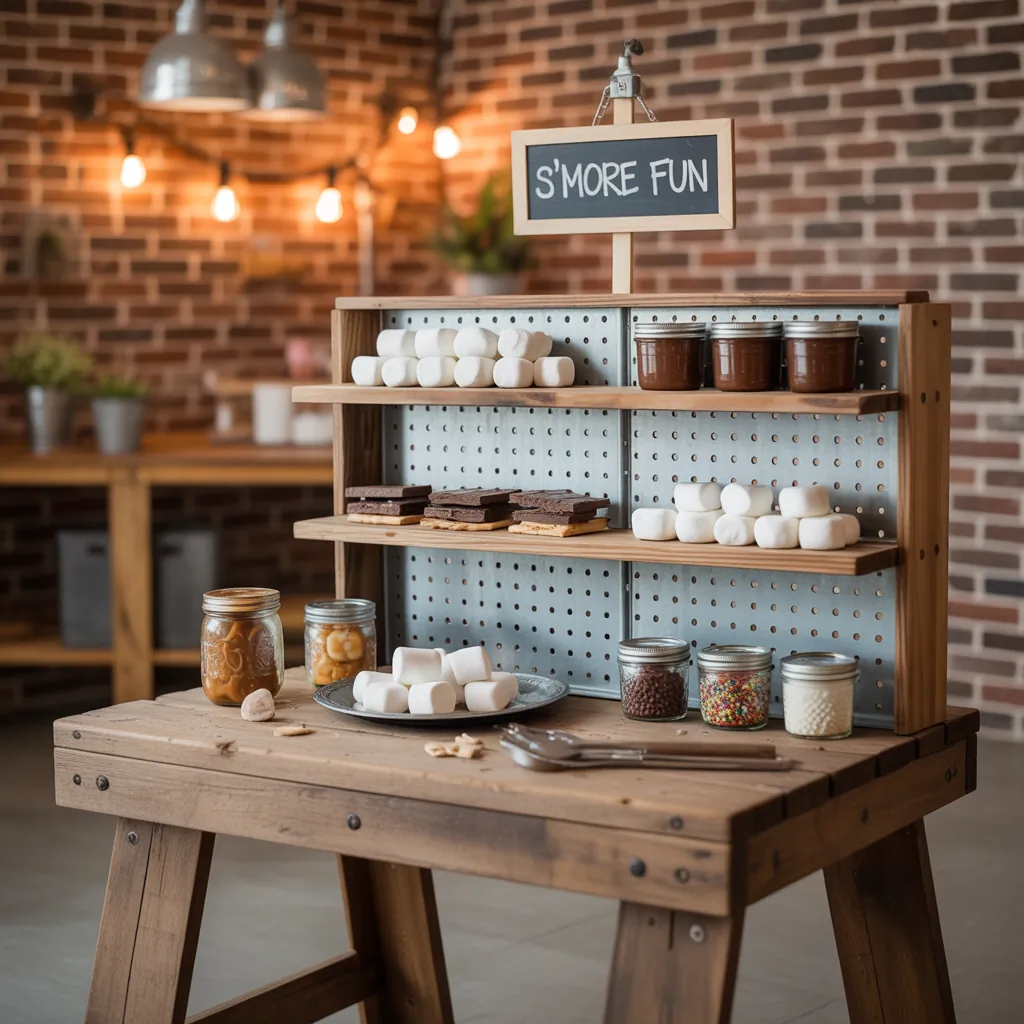Picture this: you just finished a busy morning, you step inside with muddy shoes, a dog shaking off, and a drip of coffee on your shirt — and your plain floor greets it all with no mercy. If you’ve ever wished your entryway could be both beautiful and battle-tested, you’re in the right place. These entryway rug suggestions will help you choose, install, and maintain a rug that makes a great first impression and stands up to everyday life.
Why the right entry rug matters
The entryway is the transition zone between outside and inside. A well-chosen entry mat or rug protects floors, defines space, and sets the tone for your home design. Whether you need a heavy-duty outdoor entry rug for rainy seasons or an elegant runner for a narrow foyer, the right choice reduces cleaning time and boosts curb appeal.
Entryway rug suggestions: how to pick the right one
Below are practical tips and design ideas, with measured steps you can follow to find the best entryway rug for your needs — from small mudrooms to grand foyers.
1. Measure first: sizes and layout
- Small foyer or apartment: look for mats 18″ x 30″ to 24″ x 36″.
- Narrow hall or runner space: choose a runner width 2–3 feet, leaving 4–6 inches of floor visible on each side.
- Large entry or double doors: pick a rug large enough for both front feet to land on it comfortably — typically 6′ x 9′ or larger.
2. Choose the right material
Material affects durability, cleanability, and style. Consider these options:
- Coir or rubber-backed outdoor mats — best for scraping mud and withstanding weather.
- Low-pile polypropylene — durable, stain-resistant, and easy to hose off; perfect for high-traffic entries.
- Natural fibers (jute, seagrass) — good for casual, textured looks but require more care and are not ideal for wet climates.
- Wool — luxe, resilient, and stains well if treated, but typically better for covered entryways with less moisture.
3. Color, pattern, and long-term styling
Use patterns to hide dirt and wear — geometric prints and traditional Oriental patterns are excellent at concealing footprints. If your entry gets a lot of mud, choose darker tones on patterned rugs. For minimalist or modern homes, a solid low-pile rug in a medium tone can look clean without showing every speck.
DIY entryway rug improvement projects
Want to personalize your rug or make a runner that fits perfectly? Try these step-by-step DIY ideas.
Project A: Trim-and-bind a runner to fit your space
- Measure the length you need and add 1″ for seam allowance.
- Use a sharp carpet knife to cut the runner on a flat surface.
- Fold the edges under and apply iron-on binding tape or sew a bias tape for a clean finish.
- Install a non-slip rug pad cut to match the rug for safety.
Project B: Stenciled welcome mat (easy weekend refresh)
- Buy an inexpensive plain coir or rubber mat.
- Lay down a stencil with your chosen phrase or pattern and secure it with painter’s tape.
- Use exterior latex paint or spray paint designed for outdoor use; apply thin coats.
- Let dry fully, then spray with a clear sealer for longevity.
Installation and maintenance: real-world tips that save time
- Always use a non-slip rug pad sized to the rug — it prevents sliding and cuts down on edge curling.
- Vacuum high-traffic entry rugs twice a week; shake out smaller mats every few days.
- Blot spills immediately and spot-clean with a mild detergent; for stubborn stains, follow the manufacturer’s cleaning instructions or hose outdoor rugs off periodically.
- Rotate the rug every few months if one side receives more foot traffic to even out wear.
- Place an inexpensive scraper or brush mat outside to reduce tracked-in dirt.
Design inspiration by entryway type
Small city apartment
Choose a narrow runner in a fade-resistant synthetic fiber. Opt for a bold pattern to hide dirt and make the corridor feel longer.
Suburban home with mudroom
Use heavy-duty rubber-backed mats near the door for shoes and a washable runner inside the mudroom. Layering an outdoor scraper mat with an indoor low-pile rug works great.
Formal foyer
Pick a larger wool rug with a traditional pattern or a tightly woven flatweave. Pair with a rug pad and schedule professional cleaning annually.
Budget-friendly swaps and seasonal care
If you like to switch styles between seasons, buy a durable base runner and add a thinner seasonal layer on top. For winter, choose darker, moisture-resistant rugs and increase drying and cleaning to prevent salt damage.
Frequently Asked Questions
Q1: What size rug should I use in my entryway?
A: Measure your entry area and leave 4–6 inches of visible floor on each side for runners, and choose a mat that allows both feet to land on it comfortably for larger entries. See the sizing tips above for specific dimensions.
Q2: Which materials are best for high-traffic entryways?
A: Low-pile polypropylene and rubber-backed outdoor rugs are excellent for high-traffic or wet areas. Coir is great for scraping debris. Wool is durable too, but less ideal for constantly wet entryways.
Q3: How do I keep an entry rug from slipping?
A: Use a properly sized non-slip rug pad, secure corners with double-sided rug tape if necessary, and ensure the floor is clean and dry before placement. For runners on stairs, install stair-specific rug underlays or tacks.
Conclusion — make your entryway work harder and look better
These entryway rug suggestions aim to give you practical steps and inspirational ideas whether you’re replacing a welcome mat or crafting a custom runner. A well-chosen rug protects floors, reduces cleaning, and creates a warm first impression. Ready to transform your entry? Try one of the DIY projects above this weekend — and for more hands-on inspiration, check out our DIY projects, browse creative tips in home design ideas, or explore complementary upgrades like smart tile choices in our kitchen upgrades section. Share a photo of your new entryway rug and tell us which suggestion worked best for you!



